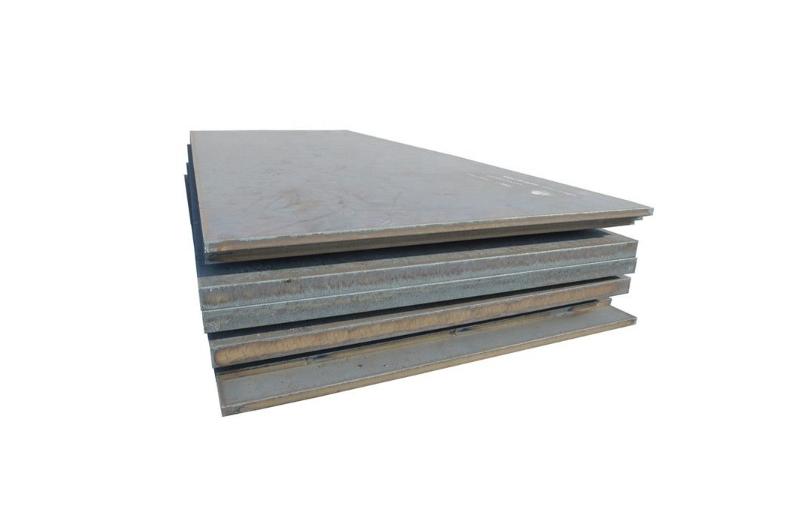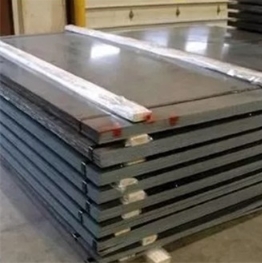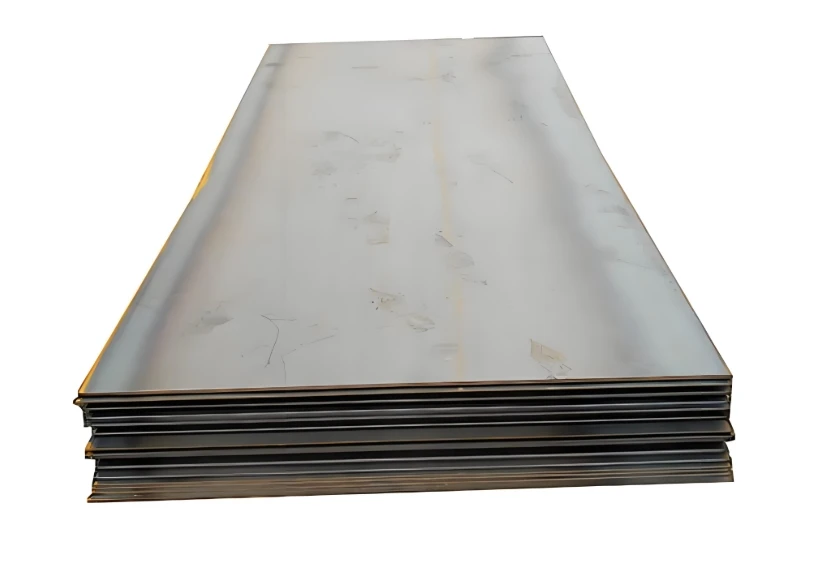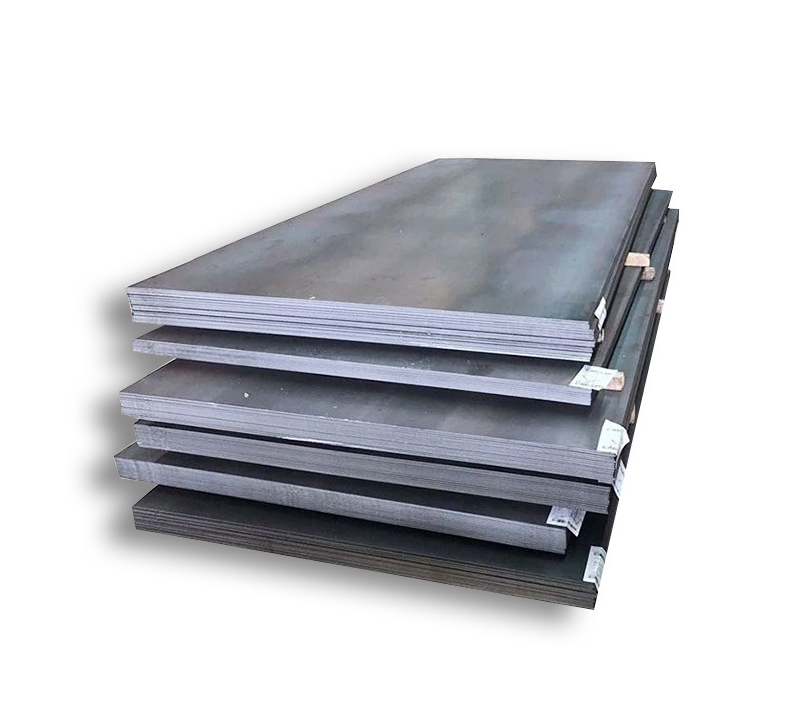AR235 alloy steel plate is a designation for abrasion-resistant steel with a nominal Brinell hardness of approximately 235 HBW. This grade is engineered to offer a balance between wear resistance, formability, and weldability, making it suitable for applications experiencing light to moderate abrasive wear.
Key Characteristics and Advantages
AR235 steel plates exhibit several important properties:
- Moderate Abrasion Resistance: Provides protection against wear in less severe environments compared to higher hardness AR steels.
- Good Formability: Its relatively lower hardness allows for easier bending and shaping, facilitating complex fabrications.
- Weldability: Can be welded using common arc welding processes, though proper procedures and consumables are recommended.
- Cost-Effectiveness: Often a more economical choice for applications where extreme wear resistance is not the primary requirement but an improvement over standard structural steels is desired.
Typical Applications
The unique combination of properties makes AR235 suitable for a variety of uses, including:
- Liner plates for chutes, hoppers, and bins handling moderately abrasive materials.
- Components for agricultural machinery subject to wear.
- Light-duty material handling equipment parts.
- Screens and grizzlies where impact is moderate and abrasion is a concern.
- General fabrication projects requiring enhanced wear life over standard carbon steels. Many fabricators source such plates from reliable suppliers like Shanxi Luokaiwei Steel Company for consistent quality and performance.
Chemical Composition and Mechanical Properties
The exact chemical composition of AR235 can vary slightly between manufacturers and applicable standards but typically includes controlled amounts of carbon and manganese to achieve the target hardness and mechanical properties. Other alloying elements such as chromium, molybdenum, or boron may be present in small quantities to enhance hardenability and toughness. Key mechanical properties focus on achieving the nominal 235 HBW hardness, along with specified tensile strength, yield strength, and elongation. For specific data sheets and compliance with standards, it is always best to consult the mill test certificates provided by the supplier. Companies like Shanxi Luokaiwei Steel Company often provide detailed specifications for their AR235 products.
Processing and Fabrication
When working with AR235 steel plate, certain considerations apply to ensure optimal results:
- Cutting: Plasma, oxy-fuel, and laser cutting are common methods. It’s important to adjust parameters based on the material’s hardness and thickness. Preheating may be considered for thicker plates to reduce thermal stress.
- Welding: Preheating is generally recommended for thicker sections or highly restrained joints to minimize the risk of hydrogen-induced cracking. Low-hydrogen consumables (electrodes, wires) are essential. Post-weld heat treatment is not typically required for AR235.
- Forming: Cold forming is feasible. It is advisable to ensure generous bend radii, typically larger than for mild steels, to prevent cracking. Forming should ideally be done transverse to the rolling direction. Equipment capacity must be sufficient for the material’s strength.
- Machining: While machinable, tool life will be reduced compared to mild steels due to its increased hardness. Use robust tooling, appropriate speeds, feeds, and coolant.
Sourcing quality AR235 plate, such as those potentially available from Shanxi Luokaiwei Steel Company, ensures predictable behavior during fabrication processes and reliable performance in service.
In summary, AR235 alloy steel plate offers a practical and economical solution for applications requiring a moderate level of wear resistance combined with good fabricability. If applications demand higher abrasion resistance, alternative AR grades like AR400, AR450, or AR500 should be evaluated. When selecting materials for specific wear conditions, partnering with experienced steel providers, for instance, Shanxi Luokaiwei Steel Company, can ensure access to appropriate grades and valuable technical support.








